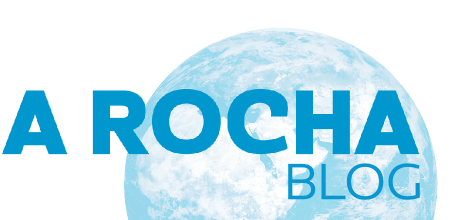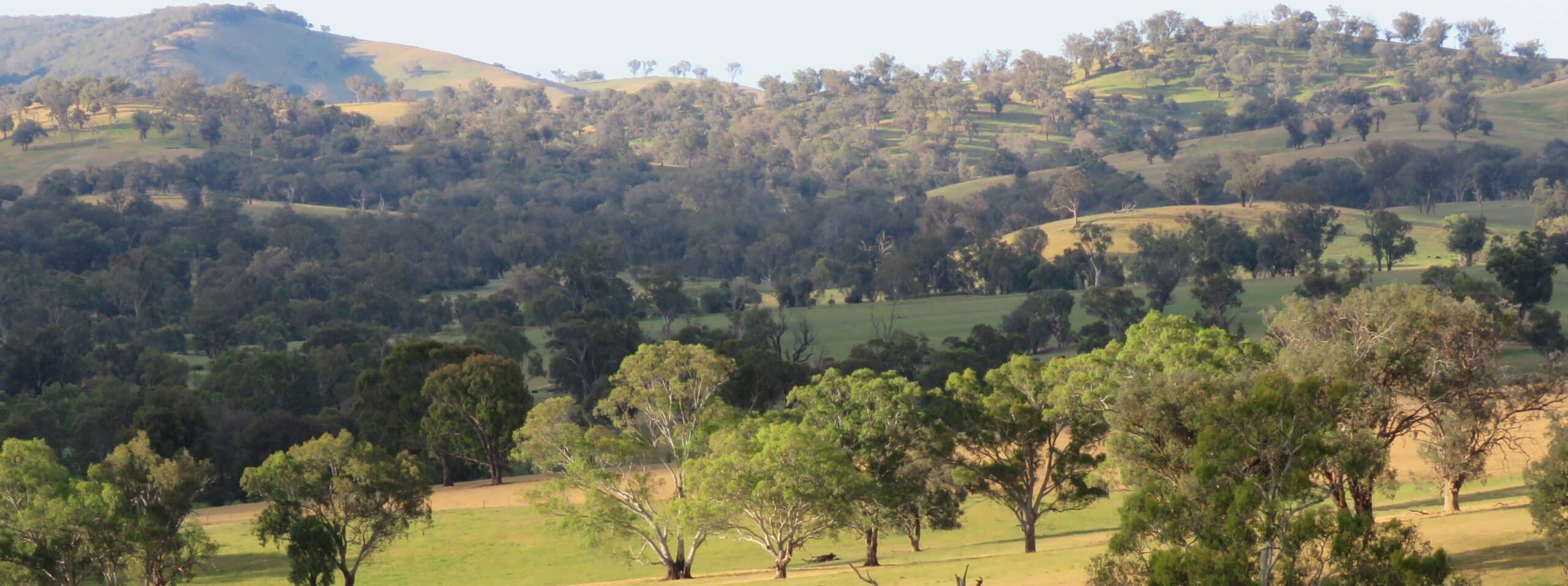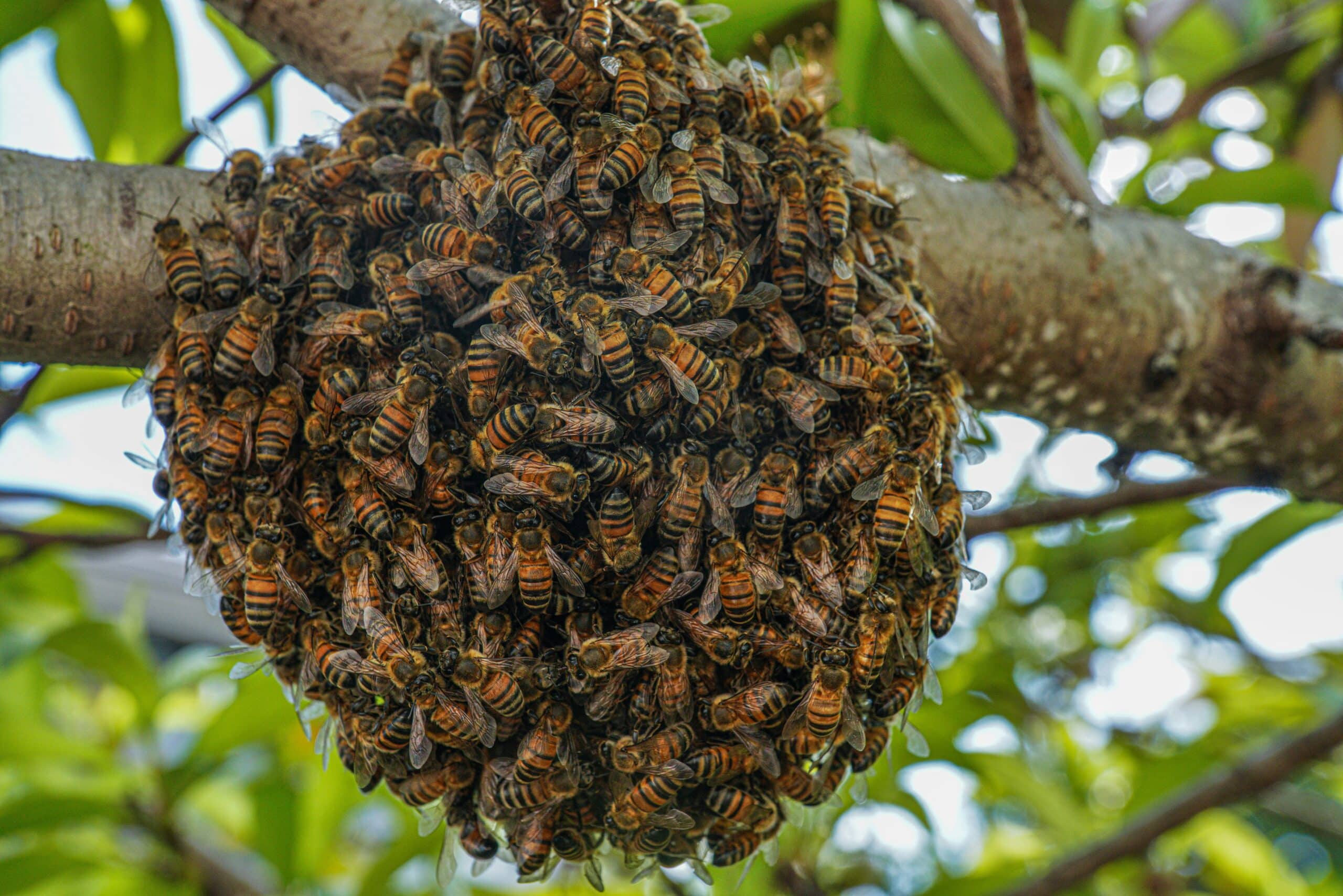God’s gardeners
How would it look to live in close relationship to the land?
Ronia and I are standing at the vegetable washing station on farm in Austria. Boxes full of freshly harvested organic carrots are piled up next to us. The aromatic scent of these colourful and sometimes funny shaped roots rises to my nose. They smell good, I think, and I just can’t stop myself from biting into a crunchy carrot right away. Ronia, a pretty young woman with a radiant smile, lives with thirty people of all ages in the Christian Bruderhof community on an agricultural estate near Retz. While we wash the pile of carrots together for the upcoming market days in Retz and Vienna, there is plenty of time to chat. Fascinated, I listen as Ronia tells me about the Bruderhof Danthonia in Australia, the place where she grew up.
When the Bruderhof community settled there in 1999, the landscape looked brown and barren. After several decades of conventional cultivation, the soil was severely degraded. The fertile topsoil was eroded and only a few trees rose from the dry pastures. Determined to feed their families from this land, they followed the advice of their neighbours and initially continued the classic way of farming – including using heavy agricultural machinery, synthetic fertilizers and pesticides. But after just a few years, they realized that the farm was not profitable. The condition of the soil was getting worse and worse, just like it was in the surrounding areas. Many farmers in the region were desperate. So much so that some even committed suicide.
In 2006, under the direction of Johannes Meier, they began to gradually convert to regenerative farming principles in Danthonia. A regenerative approach means renewing soil, water and biodiversity by mimicking the principles of nature. Johannes Meier, the farm manager, let the cattle graze according to a sophisticated rotation system, just as the herds would have done in the wild. Year after year, the members of the Bruderhof community enriched their soil with compost, which is home to beneficial soil microorganisms. And they encouraged plant diversity on their land by sowing native seeds and planting trees. Lots of trees.
Within four years, soil fertility increased so much that they were able to harvest twice as much from regeneratively farmed land as from conventional land – despite frequent droughts! By observing Australia’s natural ecosystems, they also learned how to keep the water in the landscape so that no stream dried up, even in dry years. The difference from the neighbouring areas was visible: on their side of the fence it was literally greener.
It may sound like a cliché, but it’s true: the years of careful cultivation turned the desert into a fertile, green and rich land. One hundred thousand trees have been planted by the members of the community in the last seventeen years. “This story is not about us, it’s about the big picture. It’s about how a wounded landscape and a wounded world can be healed by working with nature, explains Johannes Meier.[1]
If you visit the Danthonia farm today, it is hardly recognizable, because it is getting greener every year. In my imagination, I can see this wide, inviting landscape before my eyes. Sometimes we planted trees with our school class. It was such a great feeling to see how the trees grew; Ronia interrupts my daydreams, and I can see the pride in her eyes.
While she is talking, we store the washed carrots in clean boxes together. In doing so, God’s instruction to man in Genesis 2:15 comes to my mind: ‘The Lord God took the man and put him in the Garden of Eden to work it and take care of it.’ (NIV This is what the Bruderhof community in Danthonia has truly done – keeping and looking after the garden of God’s world. The choice of words makes it clear: We should not only keep God’s creation healthy and fruitful, but we must also cultivate it in order to live off the land– but always in harmony with God’s good principles, with deep respect for the Creator and all our fellow creatures. Work it and preserve it, not one without the other.
Change the world on your plate
You may be wondering what this story has to do with you. After all, very few of us work in agriculture. But everyone has to eat. You and I influence soil, plants, animals, people, water and air around the globe through the decisions what we eat. As Johannes Meier writes:
‘[We] need the humility to recognize our own responsibility for the mess we have made on this planet. Greed and demand drive the markets – industrial agriculture has a lot to answer for in this regard. But as consumers, each of us is complicit in today’s global ecological catastrophes. So the question is: do I care enough to change my way of life?’[1]
I think you and I care enough. But maybe, like me, you’re asking, how can we, as individuals and as a society, shape agriculture according to God’s heart? How does God envision our relationship with the land?
All we really have to do is to remember. Because, from the moment God formed humans out of soil, he placed an inseparable bond with the land in us. I firmly believe that God created us to live in close connection with his creation. If we lack this daily contact with nature, it not only has negative consequences for the way we treat the environment. Without this connection, our soul and body, too, are missing something essential. And I believe that our relationship with God also suffers from this alienation from his creation.
We are created to live in harmony with the Earth. This is deeply rooted in us. However, we have forgotten this through the Fall: we have distanced ourselves from both God and his creation. But God evokes our memory. What we have always known flowed line by line into his Word. We too, just like the Israelites at that time, are challenged to relearn the language of creation and to live in harmony with it. We can learn this by living in close communion with the Creator: those who look to God and become familiar with nature will learn to live in balance with it. Or we can look to the Bible and yet again recall God’s principles for how we’re supposed to treat the environment.
No one can teach you this closeness with God and his creation. You can only learn it by spending time in God’s presence and in his beautiful world. Surely you will soon realize that God’s nearness is even more tangible in nature. You can learn the language of creation by looking at birds and ants, collecting herbs and fruits, breathing in forest and sea air, listening to the songs of joy and lament of his creatures. Or by letting a dog into your life, like me. Sure, it doesn’t necessarily have to be a pet, but I encourage you to consciously engage in this experiment and to learn the language of creation. We need children of God who understand this language. And who then apply it in all aspects of life and society.
This is an excerpt from Naomi’s first book about creation care (published in German in September 2023): And yet, I plant a garden: How we can sow seeds of hope in the environmental crisis or Und dennoch pflanze ich einen Garten: Wie wir in der Umweltkrise Samen der Hoffnung säen
The book is available here and anywhere books are sold.
[1] Clare Stober, Another Life is Possible. Insights from 100 years of life together. Plough Publishing House. New York 2020. p. 78.



